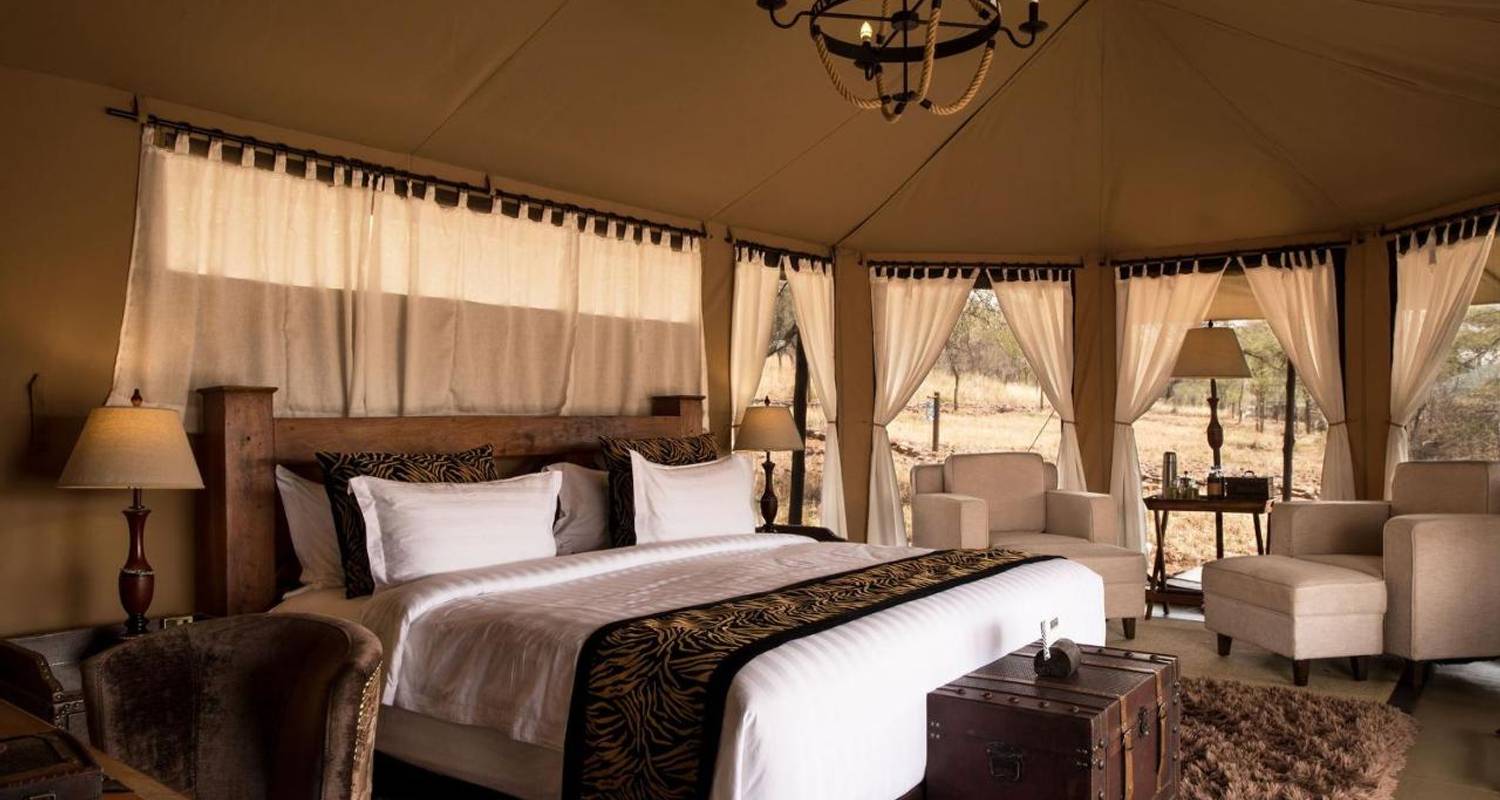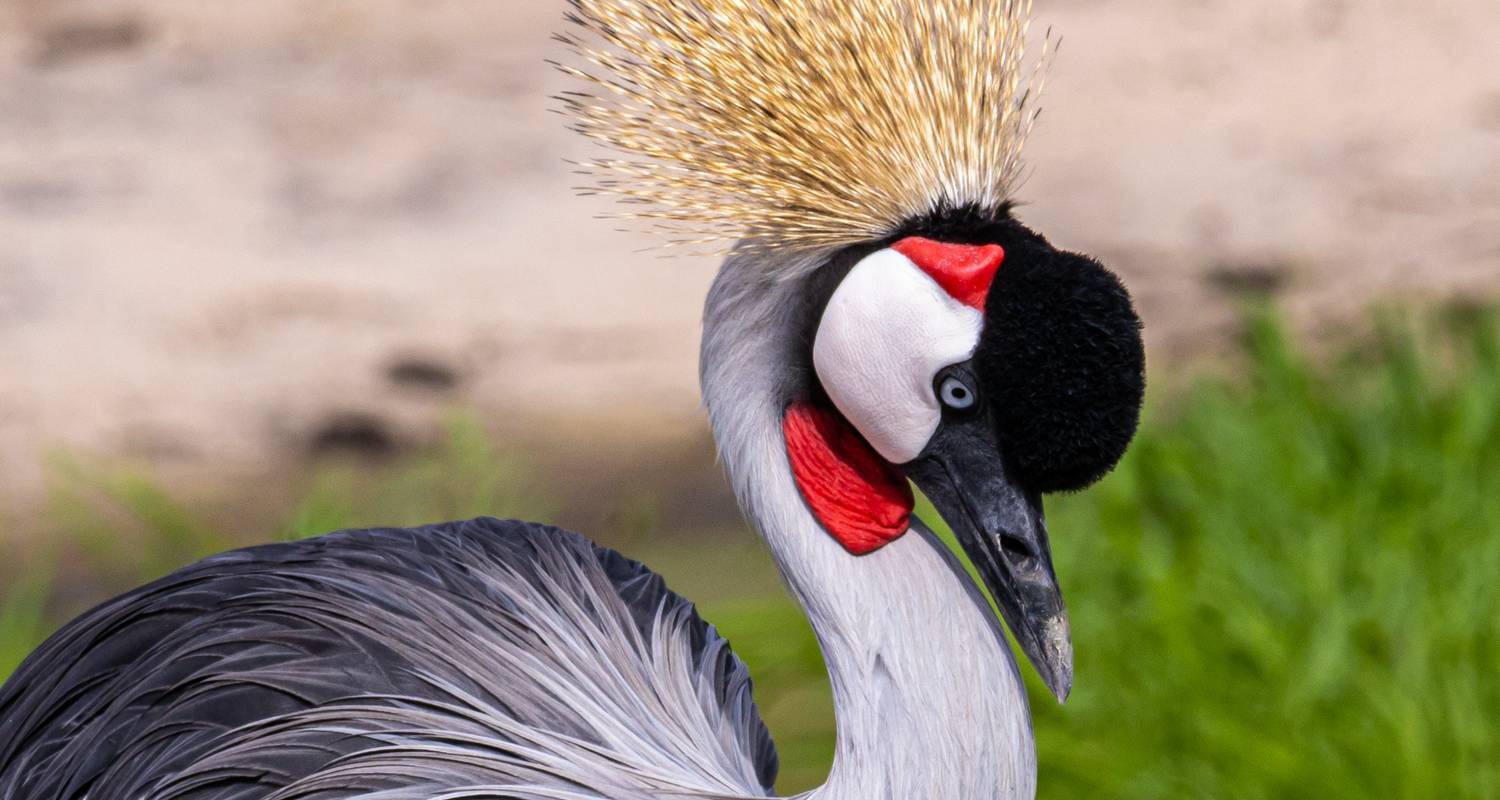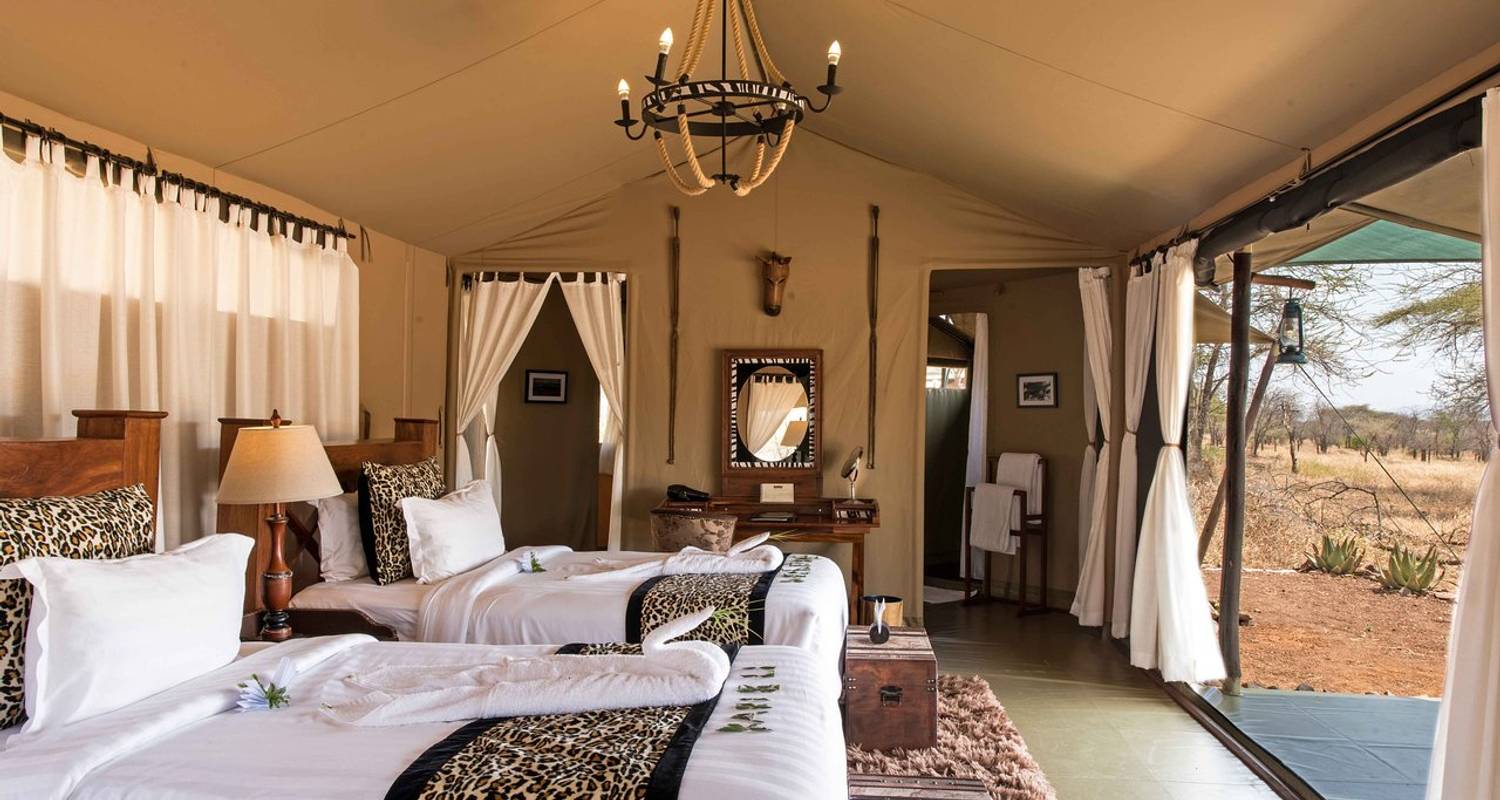Excludes
Tips for your driver-guide during safari
Alcoholic and non-alcoholic drinks during safari
Entry visa to Tanzania
Travel and health insurance
Balloon excursion
Masaai village tour& Olduvai Gorge Tour
Meals, drinks & excursions not described in the itinerary
Domestic or international flights
Any other items of a personal nature, laundry, telephone, and postage
Important information
What documents do I need to travel to Tanzania?
A visa is required when traveling to Tanzania. Currently, this can be obtained online, on arrival at airports and border crossings, and is valid for 90 days. A valid passport is mandatory. Your passport must be valid for at least 6 months beyond the date you expect to leave Tanzania.
Do lodges and camps have mosquito nets?
We carefully select the accommodation on safari so that you are comfortable and relaxed and can experience a one-of-a-kind atmosphere during your safari. All rooms/tents during your safari are fitted with mosquito nets or are insect-proofed to protect you against bites. You are also advised to use insect repellent to further protect yourself, especially outdoors in the evenings.
Is Tanzania safe to travel to?
Tanzania is generally considered a safe destination for safari-goers. Visitors should follow the safety guidelines provided and take necessary precautions, such as avoiding walking alone at night or leaving valuables unattended.
When does the wildebeest migration take place?
The wildebeest migration takes place in Tanzania typically between the months of November to August, although the timing can vary slightly depending on the weather patterns each year. The migration is a continuous movement of around 1.5 million wildebeest and large numbers of zebras and gazelles across the Serengeti plains in Tanzania in search of fresh grazing land and water. In November and December, the herds of wildebeest can be found in the northern Serengeti near the Kenyan border, where they start calving. As the rains stop and the dry season sets in, the herds begin to move south in search of water and fresh grazing. By April and May, the herds are usually in the central Serengeti. By June, the wildebeest and other herbivores gather at the Grumeti River, where they must cross to continue their journey south. By July, the herds are usually in the eastern Serengeti; by August, they move into the northern region of the Ngorongoro Conservation Area.
Is it safe to drink water in Tanzania?
Drinking tap water in Tanzania is generally unsafe, as it may contain harmful bacteria and parasites that can cause illnesses such as typhoid, cholera, and hepatitis A. Drinking only bottled or filtered water is important to avoid getting sick. You can buy bottled water at most shops, hotels, and restaurants in Tanzania. When traveling in Tanzania, it’s also important to avoid drinking water from sources such as lakes, rivers, and streams, which may also contain harmful bacteria and parasites. Instead, use bottled or filtered water to brush your teeth and rinse your mouth after brushing. Additionally, avoiding ice in drinks and peeling fruits and vegetables before eating them is a good idea to reduce the risk of ingesting contaminated water.
What are the best national parks to visit in Tanzania for a safari?
Tanzania is home to many national parks, but the most popular ones for safaris are Serengeti National Park, Ngorongoro Crater, Tarangire National Park, and Lake Manyara National Park.
What kind of wildlife can I expect to see on a Tanzania safari?
Tanzania is home to a wide variety of wildlife, including lions, elephants, giraffes, zebras, wildebeest, hippos, buffalo, leopards, cheetahs, and many species of birds.
What is the best time of year to go on a Tanzania safari?
The best time to go on a Tanzania safari depends on your preferences. The dry season from June to October is the best time for game viewing, but it can be crowded and more expensive. The wet season from November to May offers lush landscapes, fewer crowds, and lower prices, but some parks may be closed due to flooding.
What kind of transportation will be used during my safari?
Our safaris are in 4×4 vehicles, which are ideal for navigating the rugged terrain of the national parks. Some safaris may also include flights to remote areas or walking safaris.
What should I wear on my safari?
It’s important to dress in layers and pack versatile, easy-to-wash, and dry clothing. Don’t forget also to bring sunscreen, insect repellent, and a small backpack to carry your essentials while on safari. Choose comfortable, practical, and appropriate clothing for the weather conditions. Lightweight, breathable clothing such as cotton or linen shirts, pants, and shorts. Long-sleeved shirts and pants can also help protect you from the sun, insects, and thorny bushes. Neutral-colored clothing such as khaki, beige, or olive green. Avoid bright colors or patterns, as they can scare off wildlife or attract insects. Closed-toe shoes such as sneakers or hiking boots for walking safaris or nature walks. Sandals or flip-flops can be worn around camp but may not provide enough protection for outdoor activities. A hat or cap to protect your head and face from the sun. Sunglasses protect your eyes from the bright sunlight. A light jacket or sweater for cooler mornings and evenings. Swimwear if you plan to visit a lodge or camp with a swimming pool. A rain jacket or poncho if you’re traveling during the rainy season.












